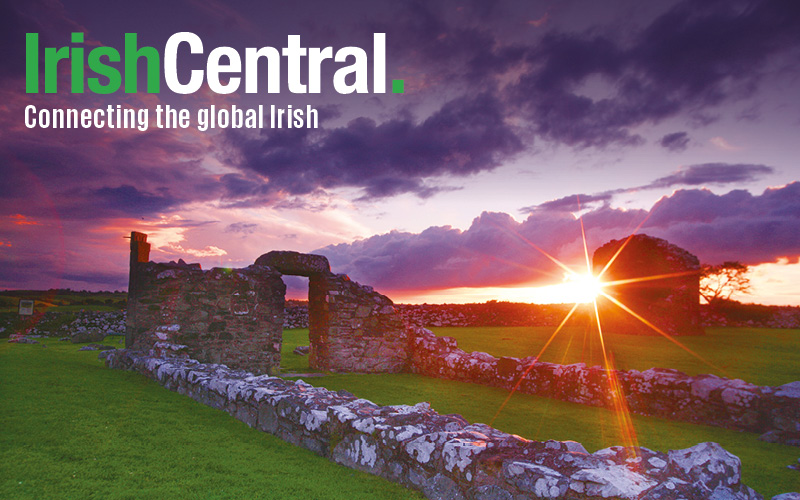The first steps were taken this month in establishing a relationship between the Gaeltacht (Irish-speaking region) in Connemara, Co. Galway, and Nova Scotian speakers of (Scots) Gaelic, the mainly Scottish-based language closely linked to Irish.
In September, Director of the Gaelic Office in the provincial Government of Nova Scotia, Lewis McKinnon, traveled to west Galway to visit Údarás na Gaeltachta, Roinn na Gaeltachta, the Irish Language Commissioner's Office, Muintearas in Tír an Fhia and the Emigrants Commemorative Centre project in Carna in tentative moves to establish transatlantic links between speakers of the linguistically related languages.
From the late 18th century to the early 19th century some 50,000 people from the Scottish Highlands and islands immigrated to what is now Canada. Thousands of those Scots settled in Nova Scotia and among them were many Gaelic speakers, establishing a rich history of Gaelic speakers in the region.
As such, a Gaelic Affairs Office was established by the local Government of Nova Scotia in 1996 with the aim of promoting Gaelic culture including the Gaelic languages.
Gaelic road signs in Nova Scotia, Canada. pic.twitter.com/NwtwHGmWKB
— Newshub Ireland (@Newshub_Ireland) September 30, 2016
Significant numbers of the Nova Scotians claim Scottish roots (almost a third can trace their roots back to Gaelic-speaking settlers) and Gaelic culture is still alive and kicking in the province. Local organizations promote the language and music and hold annual festivals. Attractions in the area include the Gaelic College of Celtic Arts and Crafts, the Highland Village Museum (An Clachan Gàidhealach), and the Celtic Colours International Festival. There is also the annual Gaelic Awareness Month (May), which celebrated its 20th anniversary this year.
When the Gaelic Affairs Office was established by the Nova Scotian government in the ‘90s they created a governmental positon, the Minister of Gaelic Affairs, which is currently held by the Honorable Randy Delorey. McKinnon is traveling to Ireland on behalf of the Gaelic Office this month. He is a well-known singer who performs in Irish, Gaelic, and English.
Read more: The only official Gaeltacht outside of Ireland is in Ontario (VIDEOS)
“The Gaelic Affairs services and supports the Nova Scotians who want to learn the Gaelic language and better appreciate Gaelic cultural expression in the Nova Scotia context. We do that through programs such as Bun is Bàrr [Root and Branch] and Gàidhlig Le Luathas [Gaelic with speed]. We offer translation services and we also conduct programs that promote greater awareness around Gaelic language and cultural expression in Nova Scotia,” McKinnon explains.
“Gaelic Affairs has had many positive impacts. One of the key positive impacts that come to mind is bringing people together in communities. For example, bringing our native Gaelic speakers together with our learners and our adult learners and reconnecting them with their local community and reinforcing that sense of belonging that’s so important in Nova Scotian life.”
The office is also responsible for the building and maintenance of relationships with regions that possess sister Gaelic languages and cultures such as the Republic of Ireland, Northern Ireland and the Isle of Man.
There are an estimated 2,000 speakers of Gaelic in Nova Scotia today with many more of the 230,000 who claim Scottish roots being actively involved in Gaelic culture. Events, businesses and activities related to the language are believed to contribute $23 million annually to the provincial economy. The 24 Gaelic-related societies, organizations and institutions, the English-Gaelic boundary signs found in the eastern districts of the province, and the 15 public schools that offer the language to its students all help to grow the language in the area.
H/T: Galway Bay FM




Comments